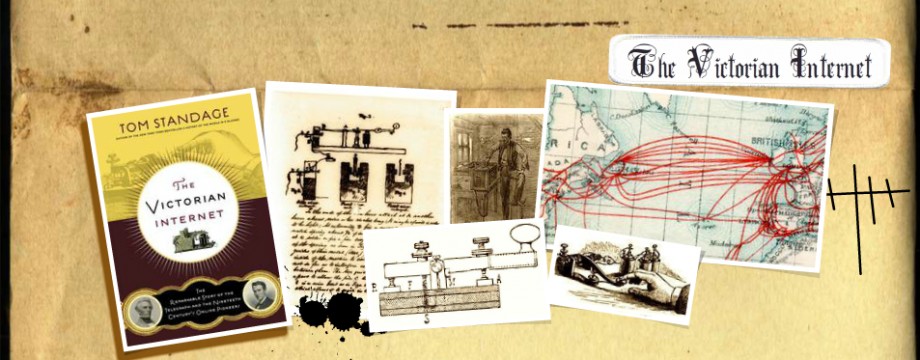The ELECTRIC LIGHT BULB
by Liz
Thomas Alva Edison (1847-1931) was the inventor of the light bulb, and numerous others accomplishments, holding up to 1093 patents (“Thomas Alva Edison”). With the advent of electricity late in the 19th century, large arc lamps had soon been put into effect, particularly in light houses (“history of technology”). However, a method of partitioning the electric light into small units had not yet been conceived (“history of technology”). This was where Edison came in. Edison’s light bulb is based on the principle that a thin conductor can be kept incandescent by an electric current if it is sealed in a vacuum to prevent it from burning out (“history of technology”). With the help of Sir Joseph Swan, an English chemist, Edison chose to use a carbon filament as the thin conductor (“history of technology”). The Edison Electric Light Company was formed in 1878 in New York (“Thomas Edison”) and by 1879 the first small light bulb had been produced (“Edison’s Light Bulb”). This initial model could produce light for 13.5 hours (“Thomas Edison”). The incandescent light bulb was shown publicly for the first time on December 31st, 1879 in Menlo Park (“Thomas Edison”).
The Real Inventor of the Electric Light Bulb
By Saleh Aldharrab
No it was not Thomas Edison! The man who really invented the light bulb was called Humphrey Davy. He first invented what was called the “arc lamp” which is the first light bulb.
It was in 1806 that Humphrey Davy showed off his invention to the Royal Society in England. The arc lamp used the idea of making an electric spark between two charcoal rods. It was not very practical because the light that it made was too bright to be used in homes or in businesses. It also needed too much power to make it work. When Davy used batteries for power they were very soon out of power.
However, people took the ideas of Humphrey Davy and worked with them and tried to improve them. Electric generators were invented so that the light could have more power for a longer time. The first places to use these very bright lights were lighthouses. This was great because the light was so bright and strong that it could be seen for long distances. The ships at sea could see the light from far away and they could then use that light as a guidance system. In war conditions these kinds of lights were used like searchlights to find enemies.
From this early beginning of the arc lamp, scientists and inventors worked all the time making changes and improvements so that today we have a system of very good light bulbs that give us many different light conditions depending on what we want.
Source: www.unmuseum.org/lightbulb.html
Work Cited:
“Edison’s Light bulb”.The Franklin Institute. Web. 6 Feb. 2012.<http://www.fi.edu/learn/sci- tech/edison-lightbulb/edison-lightbulb.php?cts=electricity>
“history of technology.” Encyclopædia Britannica. Encyclopædia Britannica Online Academic Edition. Encyclopædia Britannica Inc., 2012. Web. 06 Feb. 2012. <http://www.britannica.com/EBchecked/topic/1350805/history-of-technology>.
“Thomas Edison”. Wikipedia, The Free Encyclopedia. Wikimedia Foundation, Inc.. 9 Jul 2011. Web. 29 Jan 2012. <http://en.wikipedia.org/wiki/Thomas_edison>
“Thomas Alva Edison.” Encyclopædia Britannica. Encyclopædia Britannica Online Academic Edition. Encyclopædia Britannica Inc., 2012. Web. 06 Feb. 2012. <http://www.britannica.com/EBchecked/topic/179233/Thomas-Alva-Edison>.
